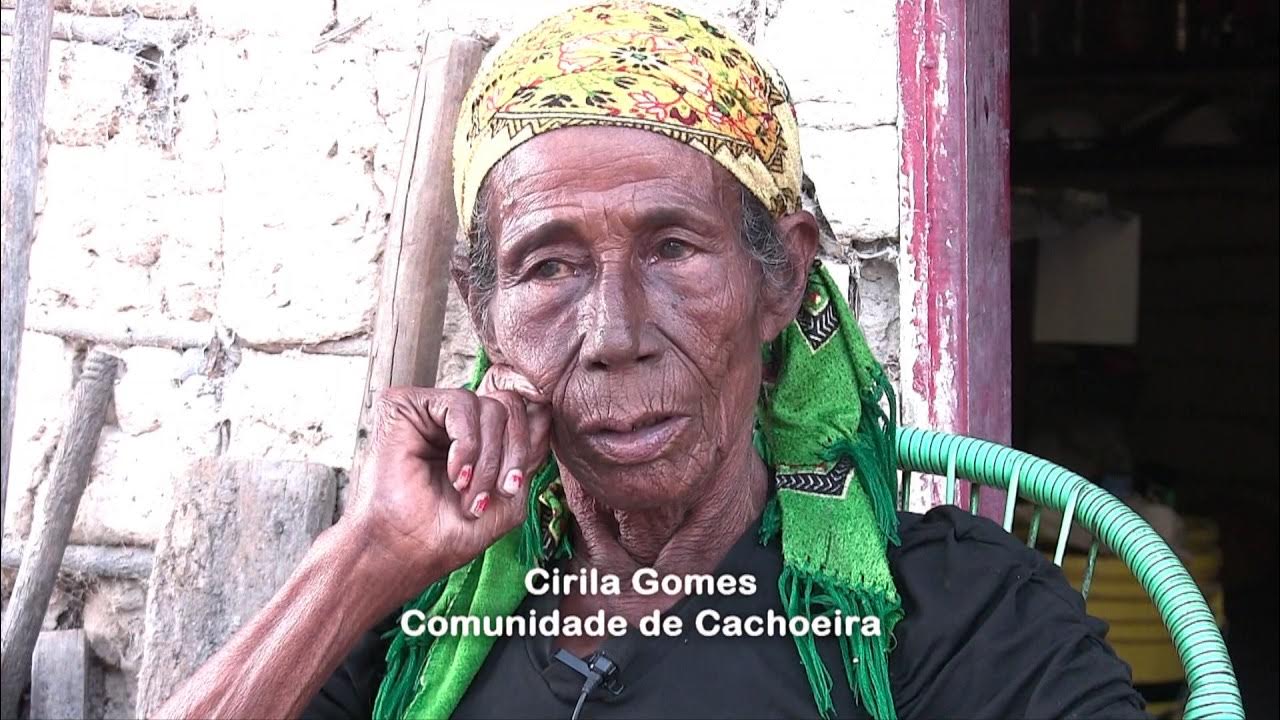Kisah Para Petani Kelapa di Bumi Sriwijaya | Amazing Indonesia Sumatra Selatan
Summary
TLDRThis video shares the life of coconut farmers, detailing their daily routines and the deep connection they have with their land. The script emphasizes the community's reliance on coconut farming for their livelihood, highlighting the process of harvesting, processing, and selling coconuts. Despite the challenges of fluctuating prices and the decline of the coconut industry, the farmers remain resilient, driven by a desire to support their families and community. The video reflects the value of hard work, the significance of traditions, and the struggle for stability in uncertain economic times.
Takeaways
- 😀 The community is deeply connected to coconut trees, which provide both livelihood and happiness.
- 😀 Coconut trees have been a crucial part of their lives, with people relying on them for various needs and work.
- 😀 The process of harvesting coconuts involves cutting them down, opening them with sharp tools, and using the coconut shells for further purposes.
- 😀 After opening the coconuts, the husks are used to create baskets (para-para), which are then used to store and carry the coconuts.
- 😀 The people find joy in working together with friends and family, making the work of harvesting coconuts more fulfilling.
- 😀 Coconuts are dried by placing them over a fire to roast, which adds value to the product before selling.
- 😀 Meal times are communal, with the community enjoying lunch together, often bringing food from home and sharing it on coconut tree leaves.
- 😀 The coconut business has been a mainstay in their community for generations, but economic challenges like fluctuating coconut prices are creating difficulties.
- 😀 Despite the growing prices of other crops, like palm oil, the price of coconuts has dropped significantly, making it harder for families to sustain themselves.
- 😀 The future of the coconut industry is uncertain, with potential economic hardship if prices continue to fall and coconut trees continue to deteriorate.
Q & A
What is the central theme of the script?
-The central theme of the script revolves around the importance of coconut trees in the lives of the people, especially focusing on how coconuts provide livelihood, support the community, and are vital to their daily existence.
How do coconuts contribute to the livelihood of the community?
-Coconuts serve as a major source of income for the community. They are harvested, processed, and sold, and the price of coconuts impacts the community’s economic stability. Despite challenges, coconuts are essential for their livelihood.
What challenges do the community members face regarding coconut farming?
-The community faces challenges such as fluctuating coconut prices, which have recently dropped significantly. This makes it harder for the people to balance their income against the rising cost of living.
How is the coconut harvesting process described in the script?
-The process involves harvesting coconuts, cutting them open with sharp tools, and then drying the coconut meat by exposing it to fire. The dried coconut is used to produce copra, a vital product for the community's economy.
What role does community collaboration play in the coconut farming process?
-Community collaboration is crucial. The script highlights the teamwork involved in harvesting, processing, and preparing coconuts for sale. The people work together to collect, open, dry, and prepare the coconuts for sale, which creates a sense of unity and shared purpose.
How is the value of coconut farming perceived in the community?
-Coconut farming is viewed as an important and traditional livelihood, providing financial stability for families and supporting the local economy. It has been passed down through generations and continues to be a vital aspect of the community's way of life.
What emotional tone is conveyed in the script regarding the challenges faced by the community?
-The tone conveys a sense of resilience and determination, despite the challenges such as low coconut prices and the damage to coconut trees. The community remains hopeful and committed to their work as they continue to depend on coconut farming for survival.
What is the significance of the shared meal mentioned in the script?
-The shared meal represents a moment of unity and happiness, as the community comes together to eat. Despite the hardships, sharing a meal is portrayed as a source of joy and a symbol of togetherness and solidarity.
What is the relationship between coconut farming and the future of the community’s children?
-Coconut farming is directly tied to the future of the community's children, as it provides the financial foundation for their upbringing and education. The stability of coconut farming ensures that the children will have opportunities for a better future.
How does the script address the potential consequences of continued economic struggles?
-The script highlights the fear of hunger and economic hardship if coconut prices continue to decline and the trees deteriorate. The speaker expresses a willingness to continue working despite these challenges, driven by the need to provide for their family and community.
Outlines

This section is available to paid users only. Please upgrade to access this part.
Upgrade NowMindmap

This section is available to paid users only. Please upgrade to access this part.
Upgrade NowKeywords

This section is available to paid users only. Please upgrade to access this part.
Upgrade NowHighlights

This section is available to paid users only. Please upgrade to access this part.
Upgrade NowTranscripts

This section is available to paid users only. Please upgrade to access this part.
Upgrade NowBrowse More Related Video

2 jours avec Sofiane Pamart à Montréal

Daily Life In Ancient Egypt (3D Animated Documentary - Life Of An Egyptian)

Keeping the Inuit Way of Life Alive in a Changing World | Short Film Showcase

Relationship in “Hard Mode” – Why We Had To Rethink Our Strategies

Luisita: The promised land

Gerações Geraizeiras
5.0 / 5 (0 votes)